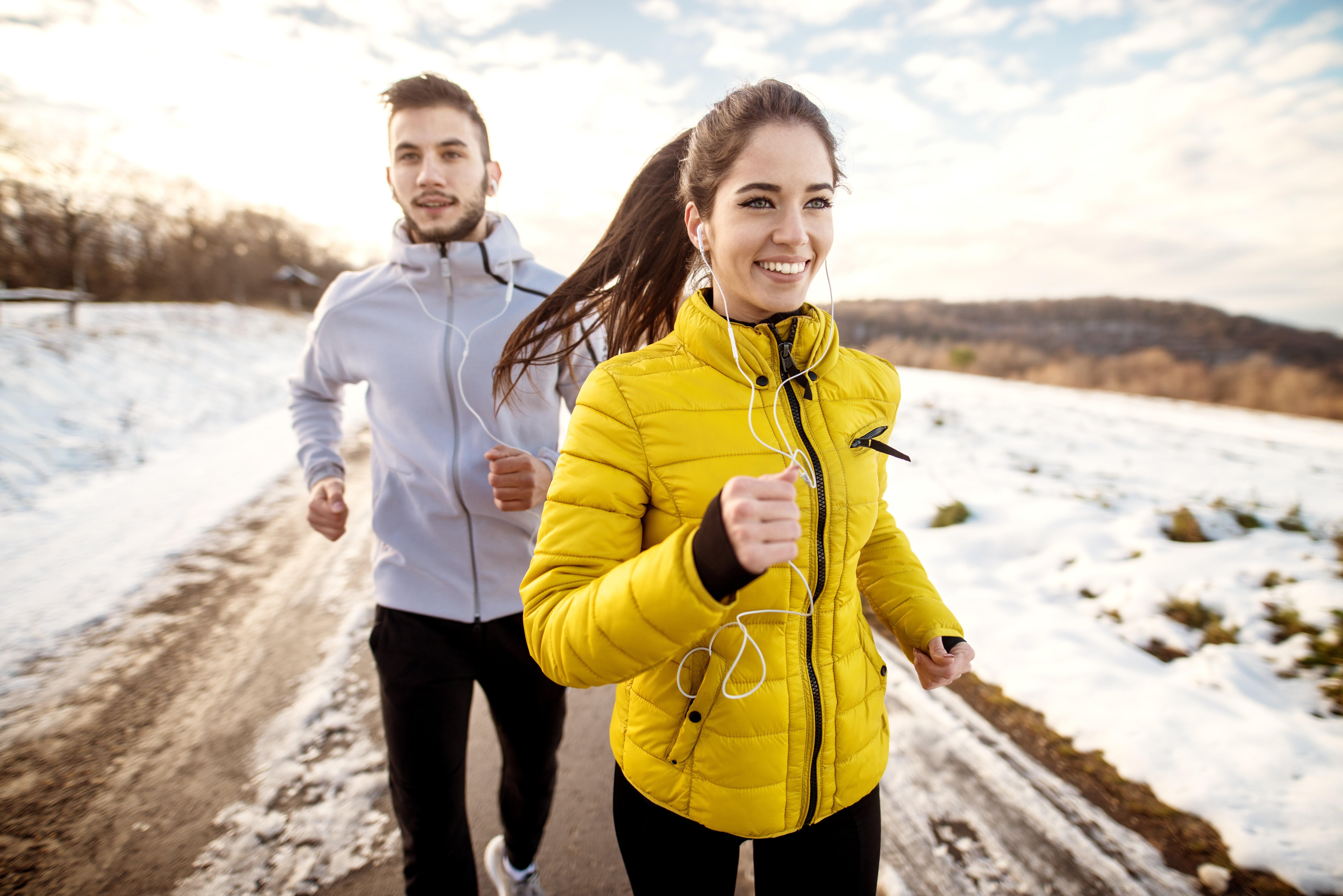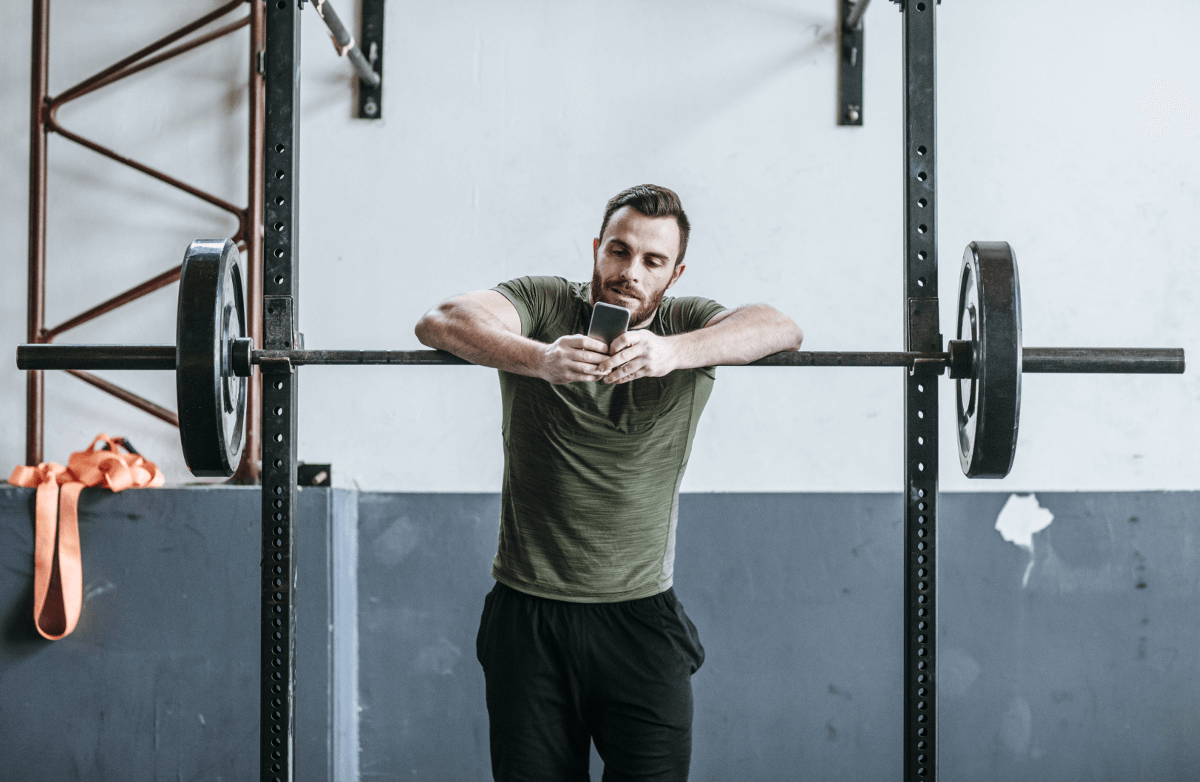One of the best ways to care for your feet is to invest in a good pair of workout shoes. There is nothing worse than trying to work out when you're experiencing pain and risking possible injury. To improve your workouts, look for a high-quality shoe with a good fit that is made to support the activities you do.
Although most people buy running
- Running shoes have additional cushioning to absorb shock as your foot hits the ground, which helps to reduce blisters. They are flexible and light. Traditional running shoes are designed for forward motion, so they don't support you well when you move in other directions (like during basketball or step aerobics).
- Trail shoes have added traction for running and walking
in grass, mud or trails. - Walking shoes tend to be stiffer and heavier than running shoes. These provide more support because your foot rolls from heel to toe more slowly than when you run.
- Cross-training shoes are great for people who have a varied workout routine or play different sports. This is the most versatile athletic shoe, designed to give more support for changes in direction and impact, making them an economical choice. They're heavier and less cushioned than running shoes and not recommended if running is your main mode of training.
- Specialty shoes exist for weight lifting, cycling, hiking, tennis, basketball, soccer and more. If you engage in these activities several days per week, consider buying a sport-specific shoe to fit your needs.
- Lifestyle shoes are not made for athletic activities, even though they are made by the same manufacturers who make running and workout shoes. These shoes have flat soles and a sporty look, but not enough support for a workout. They're fine for running errands or casual wear, but don't make them part of your exercise gear
. <pagebreak >
Finding the Best Running or Walking Shoe
When you get fitted for a new pair of running or walking shoes, go to the experts at a sporting goods store, running store, or even a podiatrist. Ask the expert of your choice to help you evaluate the arch of your foot, of which there are three main types:
- Flat-footed folks have low arches and feet that tend to roll inward as you run or walk. Look for a shoe that offers more stability.
- High arches often cause the feet to roll outward when walking. Look for a cushioned shoe with greater flexibility to help absorb shock more effectively. Insoles, inserted inside your shoes, can also help to support heels and arches. They can be bought separately by shoe size and needs.
- "Normal" arches don't fit into either extreme. Most shoes are made to fit these types.
Overpronation occurs when the foot rolls excessively inward, which can lead to muscle strains in both your legs and feet.Overpronators also tend to have low arches. Look for "stability" or "motion control" shoes, which are less flexible, have a thicker heel and help decrease excessive pronation.Underpronation (supination) describes feet that roll outward when running or walking.Underpronators tend to have high arches or "pigeon-toes." Look for shoes with extra cushioning to help absorb the added impacton your foot strikes.- Normal pronation is
most common , where the foot pronates normally, but not excessively. Look for stability shoes, which are more flexible than motion controlshoes but still have good support.
Additional Shoe Shopping Tips
- Shoes should be replaced every five to six months (or 400 to 600 miles of running/walking), depending on how often you use them. If the tread (on the outer sole) is worn or if the sides are worn to the point that your shoe leans one way or the other, it's time for a new pair. Write the date on the insole of your new shoes to help you remember when it's time to replace them.
- Unlike traditional running shoes, minimalist shoes do not have the padding or cushioning that typically break down after a certain number of miles. Therefore, minimalist shoes can last longer. Tread wear is a good indicator of when they need to be replaced.
- Get refitted for each year. Don't assume that a new design of the same shoe will fit the same way as the previous model did. It may have been modified slightly in the design process.
- When you try out new shoes, wear the same type of socks that you wear when working out.
- Shop in the evening, when your feet tend to be larger.
- When standing, your shoe should have about a half-inch gap between your longest toe and the toe box of the shoe.
- Walk or jog around the store (some will even let you try it outside) to see how the shoes feel.
Try movements that you plan to use this shoe for (jumping, marching, aerobics, etc.) Your feet shouldn’t slide back and forth or side-to-side as you move around. If the shoe does not feel "just right" in the store, try on another shoe. Shoes do not need a breaking in period, perse , so keep shopping. - Ask about the return/exchange policy at the store. Exchange and return policies vary between stores. Some stores will not accept returns if the shoe shows wear or if the return period is greater than 30 days. Many stores will offer an exchange if you don't like your shoes after trying them, but be sure to ask.
- Most experts recommend wearing your new shoes around the house for a couple hours a day for a few days before wearing them for longer workouts. This allows the heat from your foot to mold the inner sole to your foot for better comfort. Then, don't wear your new shoes for your longest run or walk until you have worn them for a few shorter workouts first. You will want to allow time to transition into your new shoes, even if they are the same make and model you have worn before. This is one reason why you do not want to wait before your old shoes completely wear out before you get fitted for your new ones. And never wear new shoes for a race without wearing them for a few weeks first.




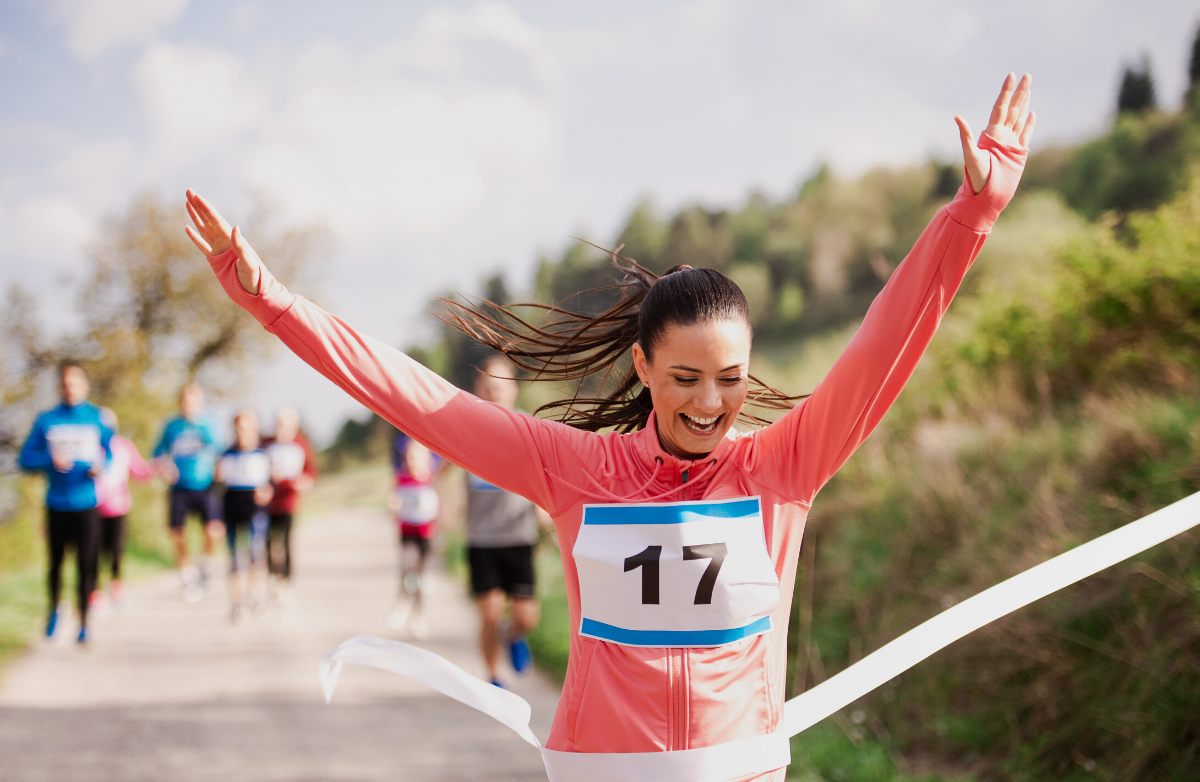
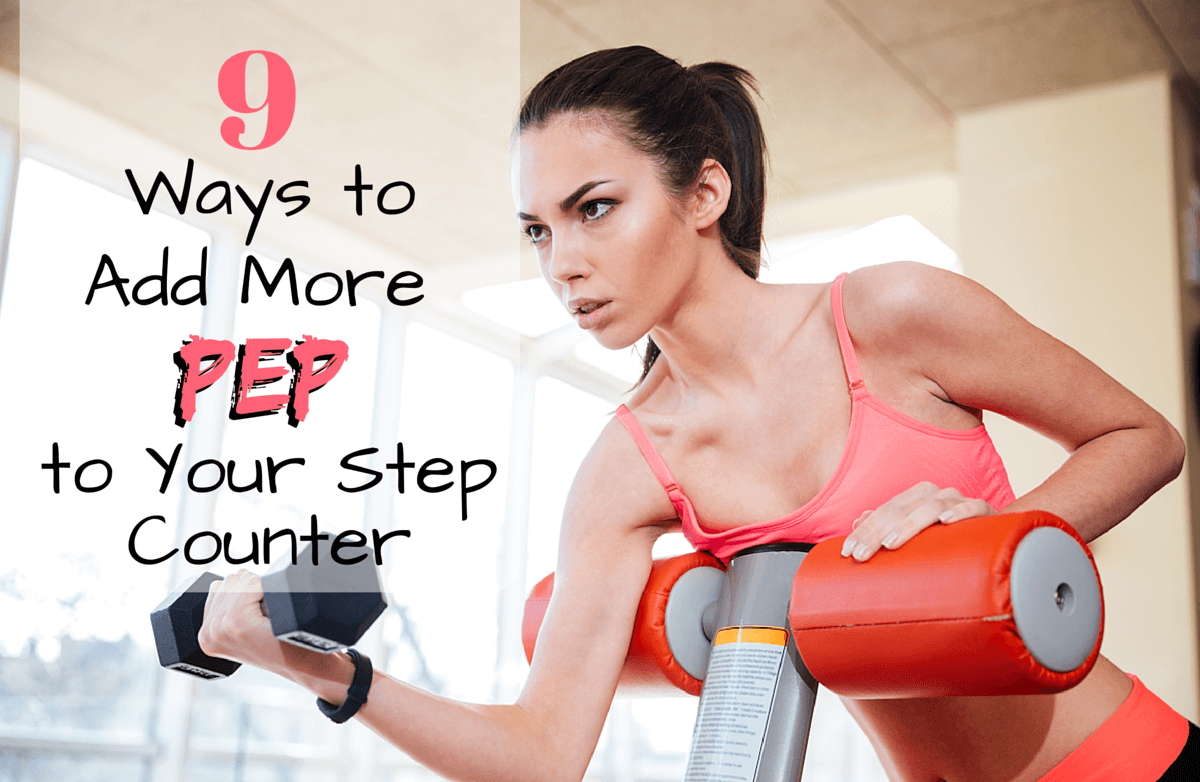

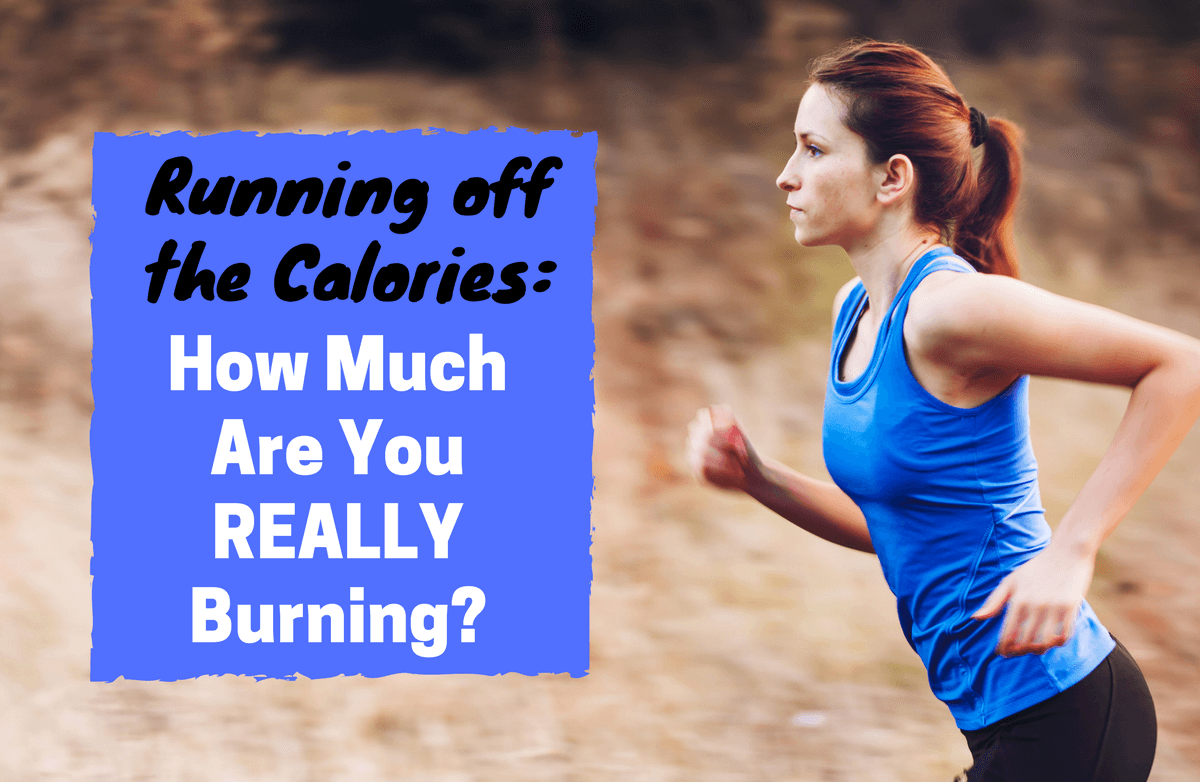
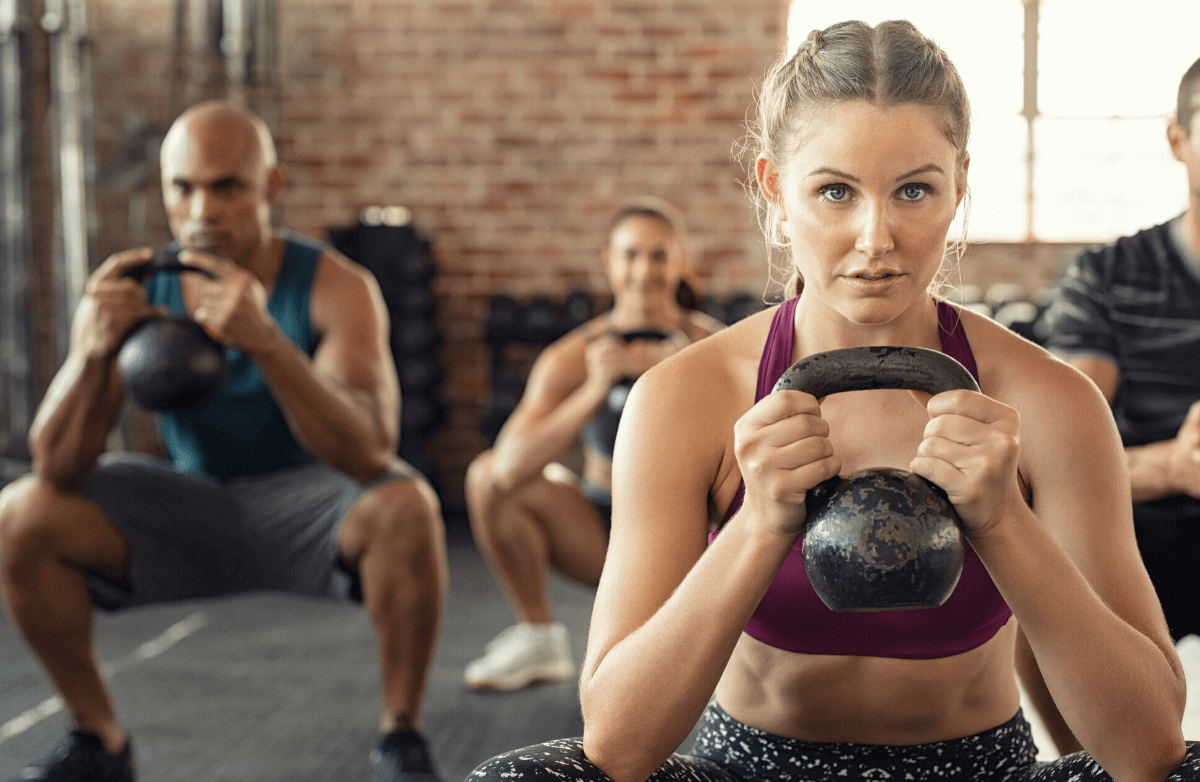

.png)

